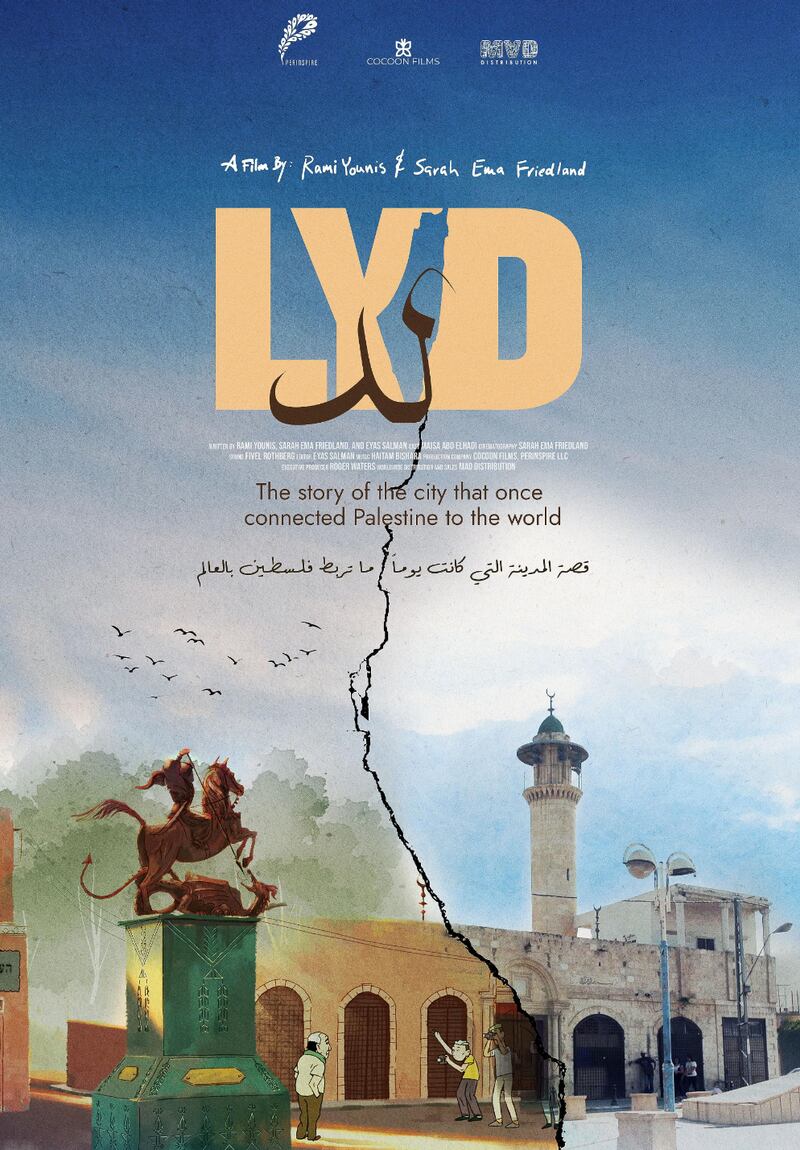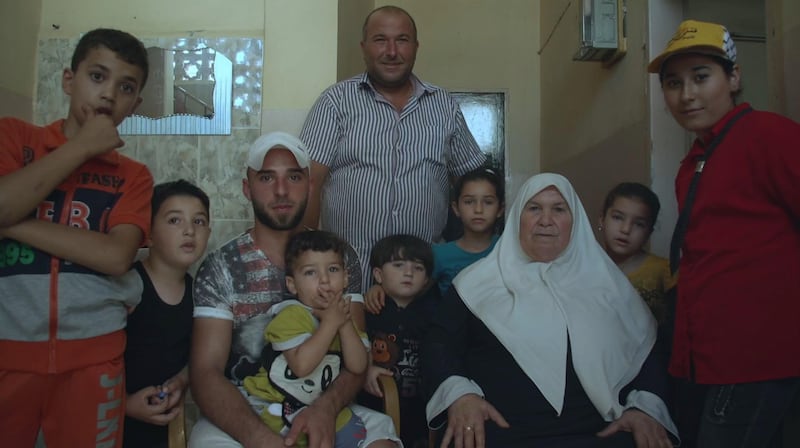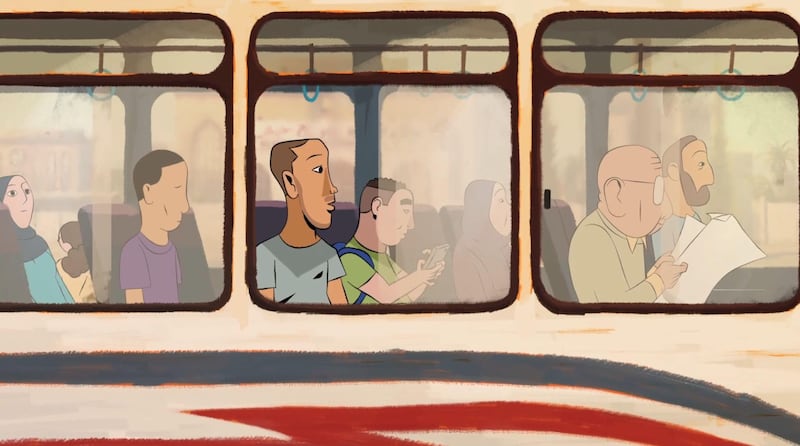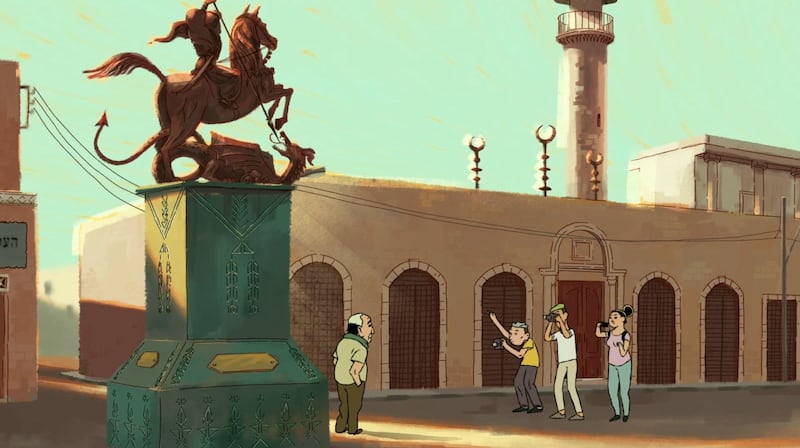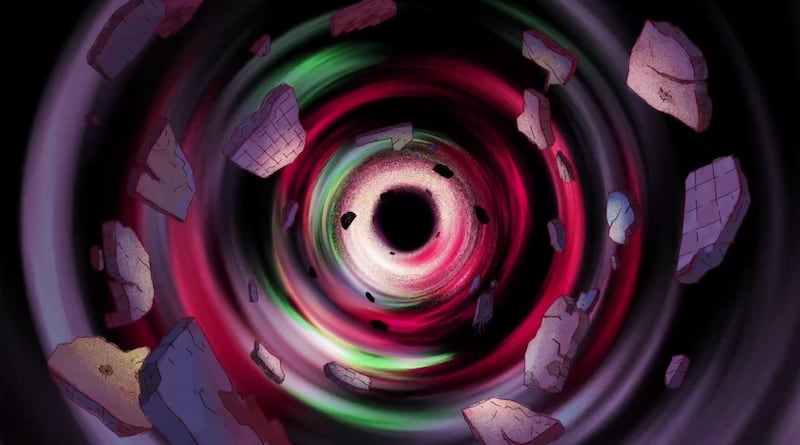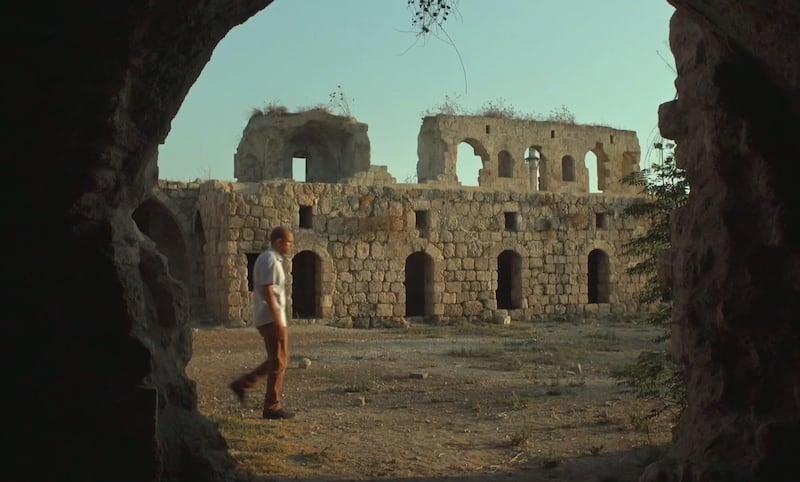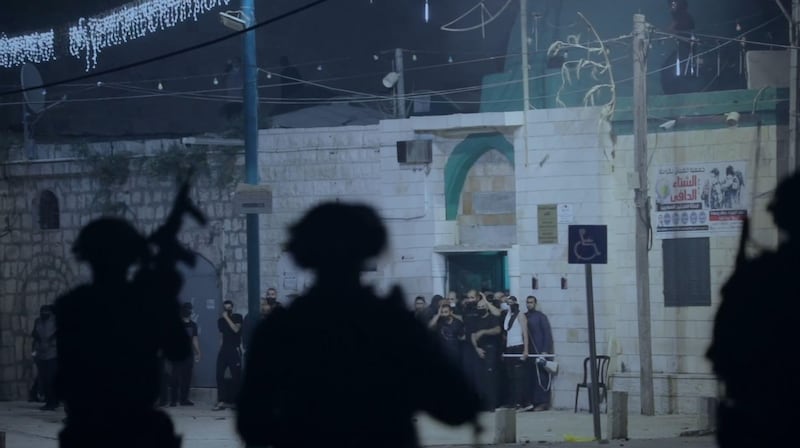With their collaborative feature, Lyd, Palestinian writer and activist Rami Younis and American filmmaker Sarah Ema Friedland present a cinematic achievement that breaks down the wide divide between documentary and science fiction.
The film, which made its world premiere at the Amman International Film Festival, will be screening at the Middle East Now Festival in Florence, Italy, on October 14. It will then be shown at Palestine's Palestine Cinema Days, running between October 24 and November 1, where it will be featured as part of the Sunbird documentary competition.
Lyd personifies its eponymous subject as a diva daydreaming of its years in the limelight. Palestinian actress Maisa Abd Elhadi lends her voice to Lyd as the city briefly reflects on its 5,000-year history and its role in connecting Palestine to the world in the early 20th century, before returning to its bloody recent past and its apartheid present.
It also envisions an alternate reality for Lyd and Palestine, one untainted by the horrors of the Nakba.
The documentary does this through animation, interspersed gracefully with archival materials, interviews and drone footage. But before delving deep into this fictional timeline, where the city’s inhabitants are not forcefully expelled and its name not changed to Lod, the documentary explains the harrowing events that took place in Lyd in 1948 through interviews with survivors of the Nakba, as well as their scattered descendants.
Among these is sculptor Eisa Fanous, now in his eighties.
Fanous was 12 years old when Zionist militia accosted him on the streets of his native Lyd and, along with several other Palestinian boys from the city, took him to the Dahmash Mosque.
There, the boy was confronted with a scene that would leave even the most hardened adult breathless with horror. More than 150 bodies lay dead in the mosque and its courtyard. Fanous and the other boys were ordered to clear the bodies. Wary of the soldiers’ brutality, the children complied.
The corpses had been there for some time. The boys struggled to carry the bodies; limbs were breaking clean off their joints, and to make matters worse, the children recognised many of the dead. Yet under the gaze of the soldiers they were forced to continue for hours.
The bodies were those of Palestinian men, women and children. They had taken refuge in the mosque when Israeli occupation forces raided Lyd. The forces, led by a Zionist military group, the Palmach, opened fire on the people inside the mosque, using machine guns and artillery.
The massacre at Dahmash Mosque was a defining moment for Lyd and the Palestinians living there. The city was, at the time, a cultural and business centre, it held a pivotal location in the trade network across the Levant.
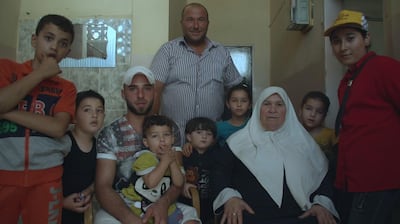
The devastation in Lyd was one tragedy among many throughout Palestine. Hundreds of towns and villages were destroyed. More than 700,000 people were expelled or forced to flee. Thousands were killed. The events that transpired in 1948 became known as Nakba, Arabic for catastrophe.
As Lyd shows, this catastrophe is ongoing. By interviewing Palestinians still living in Lyd, or Lod as it is now called, the documentary shows the plight they face in their daily lives. From the demolition of Palestinian homes to attacks by Israeli settlers.
Lyd also features interviews with the Zionist militia that carried out the massacre at Dahmash Mosque, as Younis and Friedland were able to obtain the original footage from the Palmach Archive.
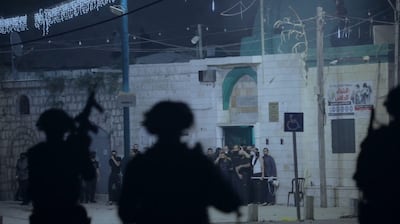
“We went there, and as an American Jew, I said we were making a film of what happened in 1948,” Friedland says. “And that was the truth. It’s their problem if they want to think what they want to think. Or maybe they just didn’t care, who knows?”
The footage, some of which has never been seen by the public before, was originally recorded as a segment for an Israeli documentary.
“They made this film about the heroism of the Palmach soldiers, and how they ‘liberated Lyd’. Some of the footage was left out of the film, so it’s never been seen before,” Younis says.
The parts that were left out, Younis says, were extracts that recalled details of the massacre. Most of the Palmach fighters interviewed recall the killings with a casual, and sometimes even proud, demeanour. The sole interviewee who expressed a hint of regret and a burdened conscience recalled how a terrified Palestinian man begged for his life in Hebrew.
The man was silenced by the interviewer behind the camera, who asked, “What? Are you a pacifist now?”
“They don’t think they’ve done anything wrong,” Friedland says. “They don’t think they have anything to hide.”
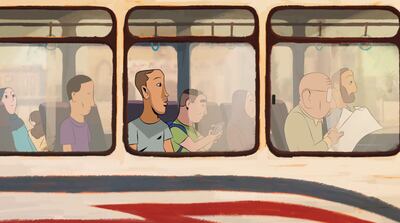
The concept for Lyd came about after Friedland read a 2013 piece in the New Yorker that touched upon the massacre at Dahmash Mosque. The article, written by Israeli journalist Ari Shavit, left her stunned. It was a chink to the armoured Israeli narrative she had been used to hearing.
“When I read this article, I was really shaken,” she says. “I didn't know this happened. It really destroyed me. The article mentioned the massacre and expulsion, but it didn’t go far enough. It shares this information, but it doesn’t make a good argument in the end. But it piqued my interest, and I needed to know more about it.”
Friedland also wanted her Jewish community in the US to learn about these events. She was inspired to make a documentary about Lyd and reached out to a friend, “a really big Palestinian activist”.
She was then introduced to Younis, who is from Lyd. The two met on Google Hangout before Friedland flew to Palestine to make the film.
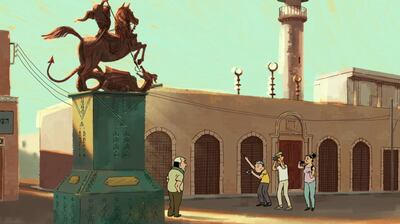
“Originally it was going to be a multimedia installation,” Friedland says. “Then we started getting more on the same page, and Rami was like, 'we have to make a film'. He was producing, but it was a creative collaboration, and we became co-directors.”
The process of creating Lyd was not straightforward. When they started work in 2016, the pair envisioned making a traditional documentary about the city, but the deeper they got into the project, the more they began thinking outside the box.
A change in direction came in 2018, after Friedland and Younis pitched Lyd in Cannes.
“We were part of the first-ever Palestinian pavilion there,” Younis says. “We were selected with five other projects to pitch the film and idea. The pitch was fantastic. We got a lot of compliments. But we didn’t get any support.
"Circling back, I think that was the best thing to have happened to this project. It was then Sarah and I decided we shouldn’t be doing this; we should be doing something a bit more sophisticated.”
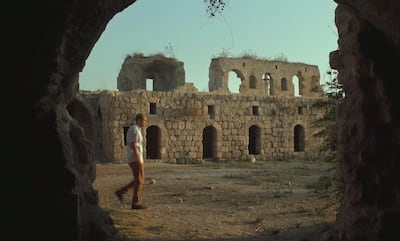
It was then that the idea of Lyd as a personified character emerged, followed quickly by the desire to imagine a Palestine where the Nakba never took place, and Jews escaping persecution in Europe came to the country to live alongside Palestinians. This envisioned timeline does not depict a utopia. Here, Lyd is still rife with social issues, albeit less bloody ones, with Palestinian children taught at schools to treat minorities with respect, implying some level of social division.
“As Sarah and I were exploring the city – and you know when you live in a place, you don’t really explore it until someone from the outside shows up and forces you to explore it – we started feeling like the city has a soul,” Younis says. “We kept digging into the story of Lyd, and it just hit us. This is an ancient place. It used to be a huge important city and [that glory] was completely wiped out in 1948.”
